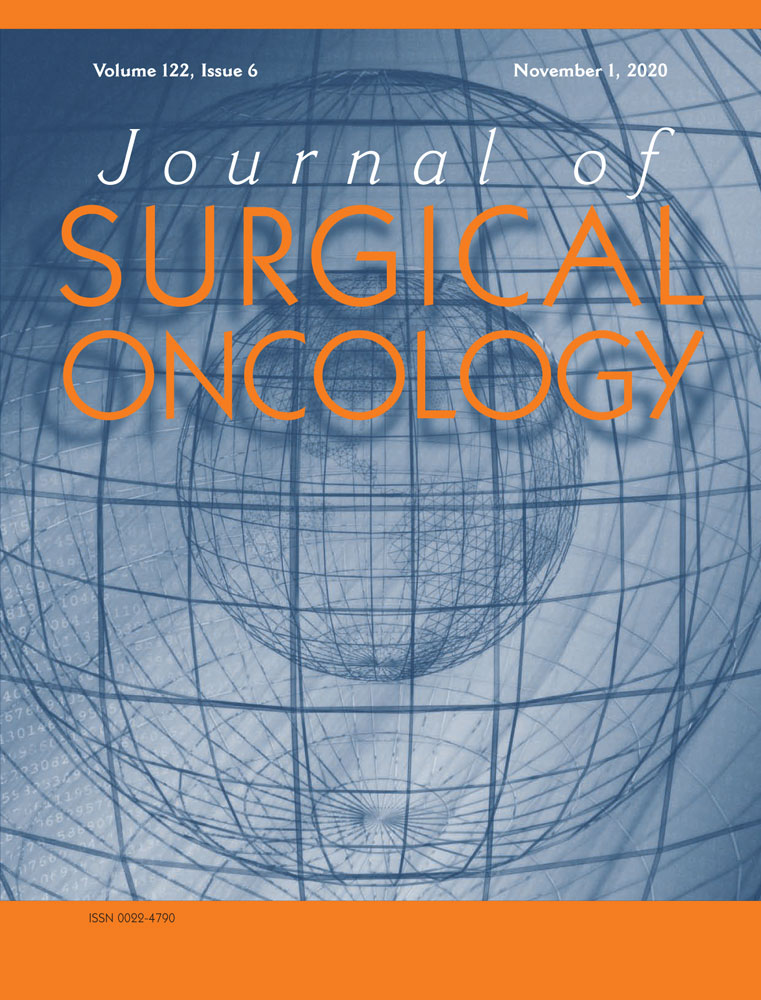Bronchoscopic procedures during COVID-19 pandemic: Experiences in Turkey
Abstract
Background
Globally, coronavirus disease-2019 (COVID-19) is a new, highly contagious, and life-threatening virus. We aimed to demonstrate how we proceeded with bronchoscopic procedures without published guidelines at the inception of the pandemic period.
Materials and Methods
All bronchoscopic procedures applied from the first case seen in Turkey (11 March-15 May) were evaluated retrospectively. Patient data on indications, diagnosis, types of procedures, and the results of COVID-19 tests were recorded.
Results
This study included 126 patients; 36 required interventional bronchoscopic techniques (28.6%), 74 required endobronchial ultrasonography (EBUS; 58.7%), and 16 required flexible fiberoptic bronchoscopy (12.7%). All interventional rigid bronchoscopic techniques were performed for emergent indications: malignant airway obstruction (66.7%), tracheal stenosis (25%), and bronchopleural fistula (8.3%). Malignancy was diagnosed in 59 (79.7%), 12 (50%), and 4 (25%) patients who underwent EBUS, interventional procedures, and fibreoptic bronchoscopy, respectively. All personnel wore personal protective equipment and patients wore a surgical mask, cap, and disposable gown. Of the patients, 31 (24.6%) were tested for COVID-19 and all the results were negative. COVID-19 was not detected in any of the patients after a 14-day follow-up period.
Conclusion
This study was based on our experiences and demonstrated that EBUS and/or bronchoscopy should not be postponed in patients with known or suspected lung cancer.
CONFLICT OF INTERESTS
The authors declare that there are no conflict of interests.
Open Research
DATA AVAILABILITY STATEMENT
Data available on request from the authors.




